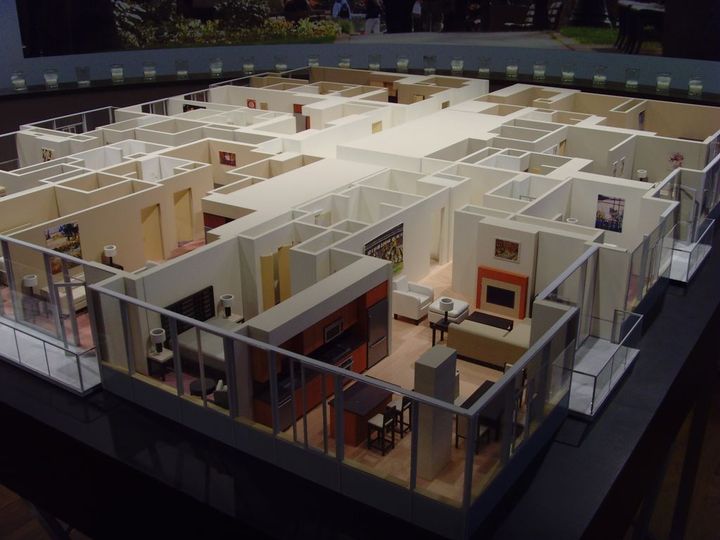
Houses are expensive -- and we're not just talking about the affordability problem plaguing twentysomethings today faced with buying property in big cities across North America. Look more broadly to the developing world, and there are certain situations that arise where a house becomes too great for a single family to afford. This leads to people squashing together in tiny dwellings. At worst, sometimes somebody has a house and it gets swept away in a natural disaster, leading to the issue of how to replace it -- and how to afford replacing it.
These are long-standing societal problems that can't be waved away with a simple idea, but perhaps a series of thoughts could help the affordability issue. One such idea is 3D housing. It sounds radical -- to build a house from a printer rather than a set of experienced builders' hands -- but on a small scale it's starting to take hold in a few countries. Give the idea a few years, and perhaps we may be able to use it to alleviate housing problems across the world.
China is one such country grappling with housing issues. Its large and quickly growing population have forced builders to look for more solutions. The information coming out of the area is somewhat open to interpretation, but there are multiple news reports saying that China is starting to use 3D printing in a demonstration context.
A company called WinSun has said that it can print houses very quickly; in one instance, reports emerged saying that the firm had created 10 houses in 24 hours using building materials and industrial waste (which demonstrates a new use for garbage!) "The array consists of four printers that are 10 meters wide and 6.6 meters high and use multi-directional automated sprays. The sprays emit a combination of cement and construction waste that is used to print building walls layer-by-layer," read the report in Xinhua, the Chinese state news agency.
WinSun hasn't stopped there, either. More reports have come out saying the company has its eyes on bigger things. A 3D-printed apartment building was displayed at Suzhou Industrial Park in January 2015 and is claimed to reduce construction waste by 30% to 60%, according to CNET. Labour costs also fell by 50% to 80% for this particular building, the report said. The company also constructed what they say is the first 3D printed villa, says 3ders.org, which is 1,100 square meters (11,840 square feet). In both the apartment complex and the villa's cases, they reportedly each had 3D-printed features inside and outside.
3D printed houses have also been shown off in Europe. The so-called 3D Print Canal House is on display in Amsterdam, symbolizing the Netherlands' love of the water, renewable materials and of high technology. According to its maker's website, the house shows the advantage of 3D printing over what is usually done: specifically, it's easier to customize certain elements of your house and that waste is reduced since raw materials are transformed directly into what is required. That said, 3D buildings have challenges conforming to accepted standards.
"It is obviously a huge challenge to create a building that complies with all the current building regulations," the website said. "There is the question of insulation, fireproofing, wind loads, foundations...these, as well as the possible materials to print with (using this printer) are all things that are being researched and investigated."
Even with these challenges, however, 3D printing is also emerging in other countries. One ambitious project in New York State proposes a 2,400 square foot home that will have four bedrooms and an in-ground swimming pool, among other features. And developing countries may also benefit, as a printing company called WASP recently demonstrated a rugged, transportable printer that would be able to create houses out of fibers and mud in countries where other building materials are hard to come by.
There are other ways that 3D printing could transform houses. Maybe you could build yourself a temporary structure when you go out camping. If you prefer a transient lifestyle, perhaps you could build a house temporarily in one city and then tear it down as you move somewhere else. While building codes will have to adapt to this technology, and it isn't clear now how well the houses stack up to traditional housing, it's worth trying out the technology to see how it can be improved. How different will this make houses in 50 years? It's up to us to figure this out.
Top image: Wikimedia Commons








